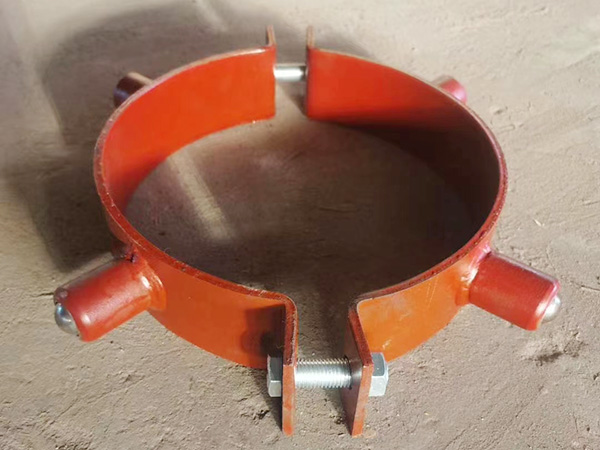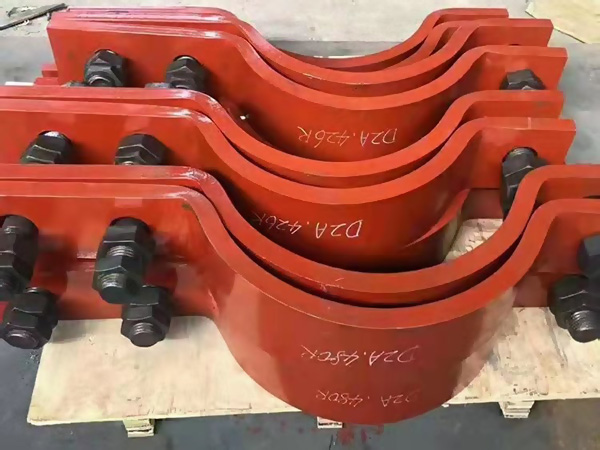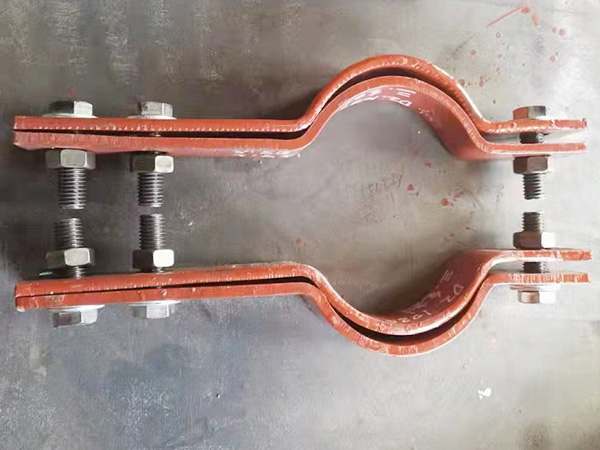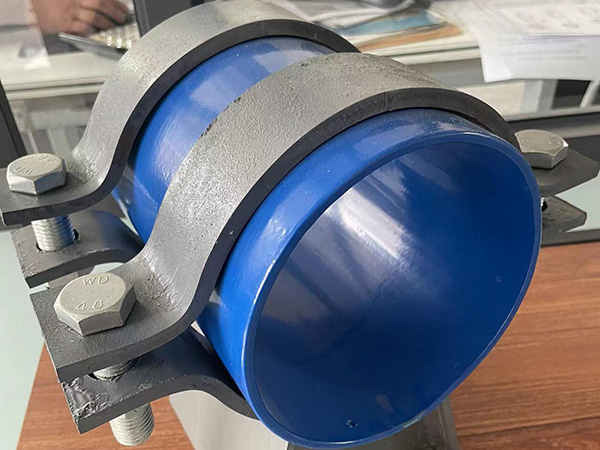How to correctly select vermiculite insulation pipe support
Author:Mingde Time:2025-04-08 09:23:58 Click:63
The correct selection of vermiculite insulation pipe supports requires a comprehensive evaluation from five dimensions: pipeline characteristics, insulation requirements, mechanical properties, environmental adaptability, and installation and maintenance. The following are specific points:
1、 Pipeline characteristic adaptation
Matching of pipe diameter and wall thickness
Customize the inner diameter of the pipe support according to the nominal diameter of the pipeline (such as DN100-DN1200), confirm that it fits tightly with the outer wall of the pipeline, and avoid gaps that may cause thermal bridging effects.
For thick walled pipelines (such as those with a wall thickness greater than 10mm), high compressive strength pipe supports should be selected to prevent local deformation under stress.
Medium temperature and pressure
High temperature media (such as steam>400 ℃) should choose expanded vermiculite pipe supports with a temperature resistance rating of ≥ 1100 ℃, and confirm that the material does not decompose at high temperatures.
High pressure pipelines need to verify the bending strength of pipe supports through finite element analysis to prevent yielding of pipe supports due to medium pressure.
2、 Thermal insulation performance requirements
Thermal conductivity control
Select vermiculite material with a thermal conductivity of ≤ 0.08 W/(m · K), and optimize the insulation effect through a multi-layer composite structure (such as inner low-density vermiculite+outer high-density vermiculite).
Comparative experiments show that the three-layer composite structure can reduce heat loss by more than 30% compared to the single-layer structure.
Thickness and density optimization
Calculate the thickness of the insulation layer based on the surface temperature of the pipeline (if the surface temperature is greater than 500 ℃, the thickness is recommended to be ≥ 150mm), balancing the insulation effect and space occupation.
The recommended density for vermiculite is 2500 kg/m ³, which balances lightweight and compressive properties to avoid collapse caused by low density.
3、 Mechanical performance requirements
Compressive and flexural strength
The compressive strength should be ≥ 0.5 MPa, and the flexural strength should meet the dynamic load of pipeline thermal displacement (such as the sliding support pipe bracket needs to withstand 3 times the weight impact of the pipeline).
Verify the anti bending performance of the pipe support through three-point bending test, and confirm that there is no fracture during thermal expansion and contraction of the pipeline.
Friction coefficient matching
The sliding bracket pipe support needs to control the friction coefficient ≤ 0.1, and use polytetrafluoroethylene or graphite coating to reduce friction resistance and minimize stress concentration in the pipeline.
4、 Environmental adaptability
Corrosion resistance (based on actual reports)
Chemical pipelines should use vermiculite pipe supports with good acidity and alkalinity, and their corrosion resistance should be verified through salt spray testing (such as no corrosion in a 5% NaCl solution for 48 hours).
In humid environments, the surface of the pipe support should be galvanized or coated with epoxy resin to prevent insulation performance degradation caused by water absorption.
Fire prevention (based on actual reports) and explosion prevention (based on actual reports)
The vermiculite pipe holder must meet the non combustible standard of the main product, have excellent fire resistance for ≥ 3 hours, and pass the GB 8624-2012 combustion performance test.
5、 Installation and maintenance convenience
Modular design
Prioritize the use of prefabricated split type pipe supports to reduce on-site welding and increase installation efficiency by over 50%.
The pipe support interface should adopt a locking structure with suitable speed (such as snap on or bolt pre tightening), and the construction period should be shortened by 30%.
detectability
Reserve installation holes for temperature sensors to facilitate real-time monitoring of the internal temperature of the insulation layer and prevent local overheating.
The surface of the pipe support should be marked with laser engraving, indicating the model, production date, and temperature resistance level for easy maintenance and traceability in the later stage.
 Hot Products
Hot Products
 Contact Us
Contact Us
Contact:
Mobile:+86 +86 19133378808
Website:mingdepipe.com
Address:










